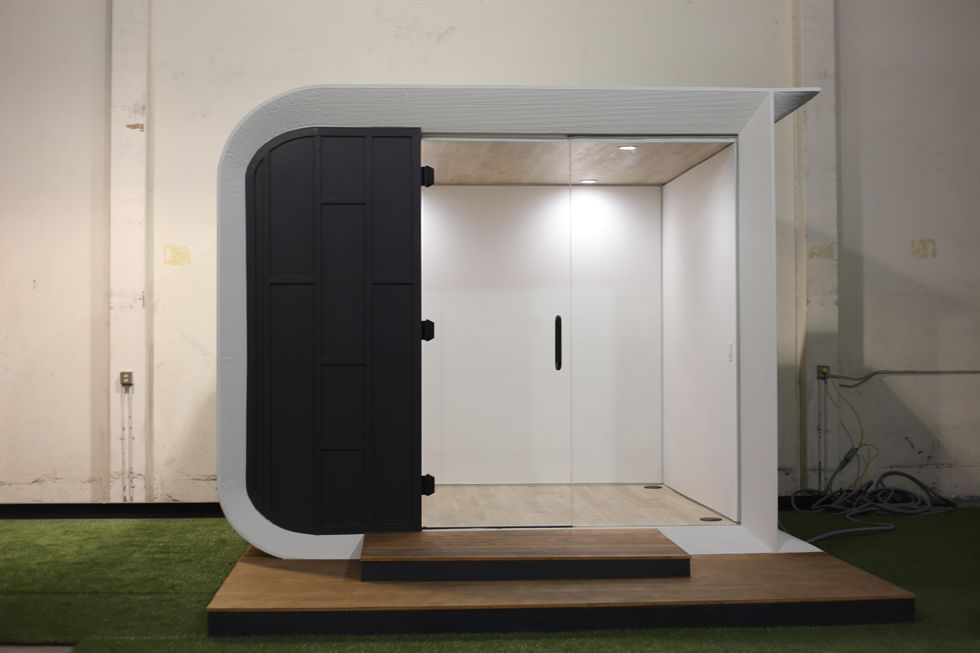Relativity Space Surpasses $1 Billion in Contracts, Inks New Deal with Satellite Maker OneWeb
Rocket maker Relativity Space soared past a milestone today, surpassing $1 billion worth of contracts for launches on its 3D-printed Terran R rocket.
Long Beach-based Relativity agreed to a multi-launch agreement with broadband satellite maker OneWeb on June 30. CEO Tim Ellis posted on Twitter that following the deal, Relativity now had over $1.2 billion in binding launch contracts secured by five different customers — even though the startup still has yet to send a rocket to orbit.
Ellis called the deal a “huge vote of confidence and we can’t wait to deliver.”
Relativity aims to send the OneWeb satellites by 2025. The OneWeb launch could be one of the first commercial launches sent into space by the rocket maker’s reusable Terran R craft.
OneWeb was previously using Russian Soyuz rockets to launch, but sanctions imposed on Russia following its invasion of Ukraine forced it to look to other alternatives. Ellis told TechCrunch Relativity was already looking to court OneWeb as a customer before the war, though, noting the deal “has been in the works for quite some time.”
OneWeb wants its broadband service to be operational by 2023, and to do that it has to launch at least 648 satellites into orbit. Relativity has two rockets under construction – Terran 1 and Terran R.
The smaller Terran 1 rocket has already secured a $3 million contract to launch small satellites for the Department of Defense. The Terran 1 will make its first flight in a mission nicknamed “Good Luck, Have Fun” (GLHF) which is expected to take off this summer and won’t carry any payloads. Assuming the GLHF mission is a success, Relativity will then launch the DoD mission.
The Terran R is Relativity’s 95%-reusable rocket and its answer to competitor SpaceX’s Falcon 9, with which OneWeb is also launching payloads.
In an interview with ArsTechnica earlier this year, Ellis said the craft could take off as soon as 2024, though it’s still being built at Relativity’s 1 million-square-foot factory headquarters in Long Beach.
Last June Relativity raised a $650 million Series E funding round led by its backer Fidelity Management & Research. At that time, Ellis told dot.LA the Terran R rocket was still under development and added, “Ever since Relativity's early days in Y Combinator, we've planned to manufacture a large reusable rocket.”
- Space Tourism Distracts From Why We Should Care About Space ... ›
- Relativity Space is trying to beat SpaceX to Mars - dot.LA ›
- Relativity Space Gets Its Change to Challenge SpaceX - dot.LA ›


 Azure's 3D printed ADU. Photo by Decerry Donato
Azure's 3D printed ADU. Photo by Decerry Donato